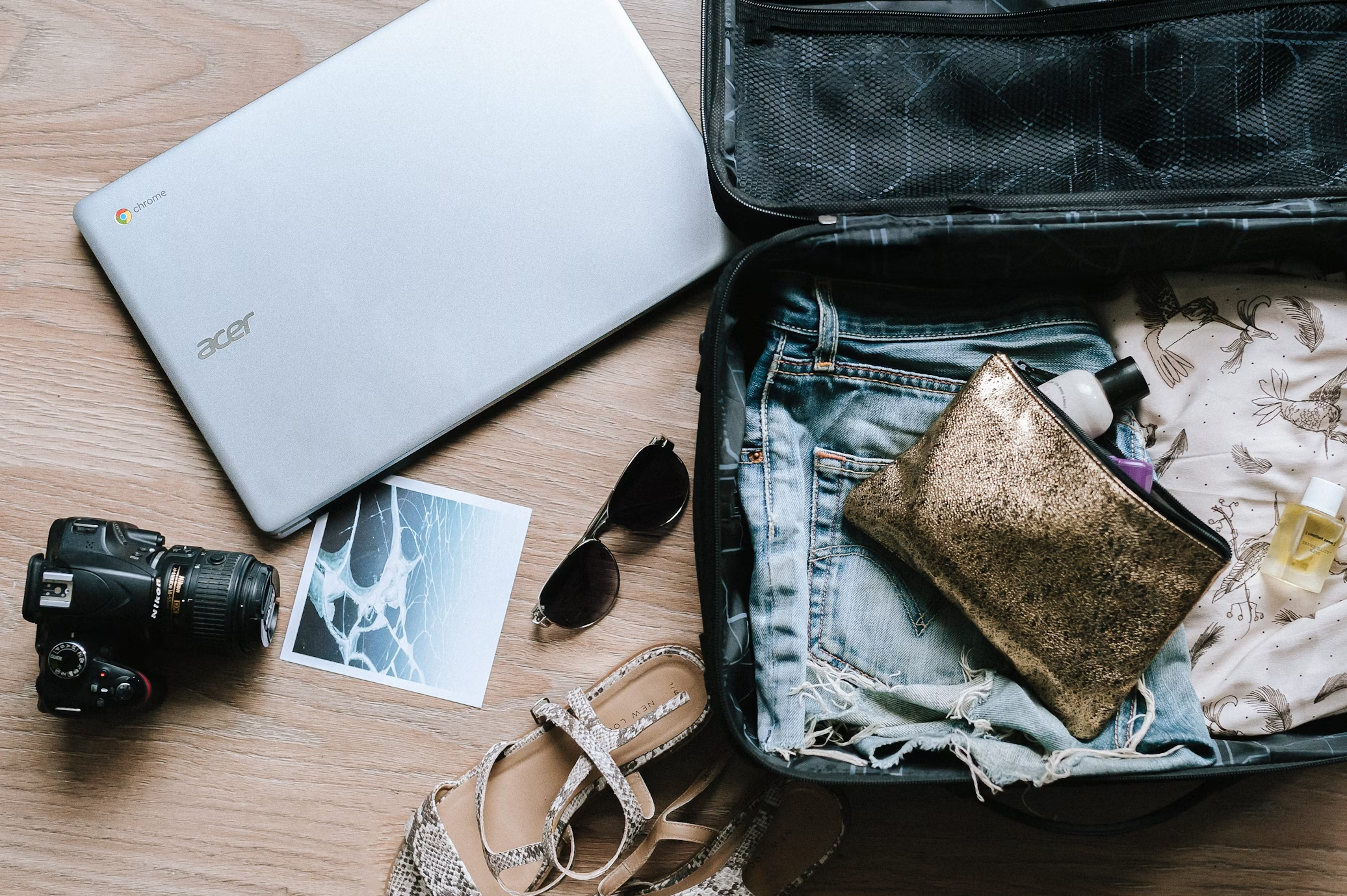Mission travel is a rewarding way to make a difference while exploring the world, but it can also be expensive. The good news is that with careful planning and smart strategies, you can embark on a meaningful mission trip without breaking the bank. Here are practical tips to help you plan a budget-friendly mission travel experience.
1. Choose Affordable Destinations
Some destinations are naturally more budget-friendly than others. Countries in Southeast Asia, Central America, and parts of Africa often have lower costs for accommodations, food, and transportation. For example, destinations like Guatemala, Nepal, or the Philippines offer incredible mission opportunities at a fraction of the cost of more expensive regions. Research the cost of living in potential destinations and choose one that aligns with your budget.
2. Travel During Off-Peak Seasons
Flights and accommodations are often significantly cheaper during off-peak seasons. For example, traveling to Southeast Asia during the rainy season or to Europe in the winter can save you hundreds of dollars. Off-peak travel also means fewer crowds, allowing you to focus more on your mission work. Check the best times to visit your destination and plan your trip accordingly.
3. Look for Low-Cost Volunteer Programs
Many organizations offer affordable or even free volunteer programs in exchange for your time and skills. Look for programs that provide accommodations, meals, and local transportation as part of the package. Some organizations also offer scholarships or grants to help cover costs. Be sure to read reviews and ask questions to ensure the program is reputable and aligns with your goals.
4. Fundraise Creatively
Fundraising is a great way to offset the costs of your mission trip. Host events like bake sales, car washes, or charity auctions. Use crowdfunding platforms like GoFundMe or Kickstarter to reach a wider audience. Share your story and mission with friends, family, and your community, and explain how their support can make a difference. Be sure to express gratitude and keep your donors updated on your progress.
5. Save on Flights and Transportation
Flights are often the biggest expense of a mission trip. Use flight comparison tools like Skyscanner or Google Flights to find the best deals. Be flexible with your travel dates and consider booking flights well in advance. Once you arrive, use budget-friendly transportation options like buses, trains, or shared rides instead of taxis or private cars. Walking or biking can also save money and give you a closer look at the local culture.
6. Stay in Budget Accommodations
Accommodations can eat up a large portion of your budget, but there are plenty of affordable options. Consider staying in hostels, guesthouses, or homestays, which are often cheaper than hotels. Many mission organizations also provide accommodations as part of their program. If you’re traveling with a group, splitting the cost of a rental home or apartment can be a cost-effective option.
7. Eat Like a Local
Dining out at tourist restaurants can quickly add up. Instead, eat like a local by shopping at markets, street food stalls, or small family-owned eateries. Not only is this more affordable, but it’s also a great way to experience the local culture and cuisine. If your accommodations include a kitchen, consider cooking some of your meals to save even more.
8. Pack Smart to Avoid Extra Costs
Packing wisely can help you avoid unnecessary expenses. Bring essentials like a reusable water bottle, travel-sized toiletries, and a first-aid kit to save money on purchases abroad. Check baggage fees and pack light to avoid extra charges. If you’re traveling to a remote area, bring any specialized supplies or equipment you might need, as these items can be expensive or hard to find locally.
9. Use Free or Low-Cost Activities
Mission trips often include downtime, and exploring your destination doesn’t have to be expensive. Look for free or low-cost activities like hiking, visiting local markets, or attending community events. Many museums, parks, and cultural sites offer discounted or free entry on certain days. These activities can enrich your experience without straining your budget.
10. Track Your Spending
Keeping track of your expenses is crucial for staying on budget. Use a budgeting app or spreadsheet to monitor your spending on flights, accommodations, food, and other costs. Set daily or weekly spending limits and stick to them. Tracking your spending will help you identify areas where you can cut back and ensure you don’t overspend.
By following these tips, you can plan a mission trip that’s both impactful and affordable. With careful planning, creativity, and a focus on your mission, you can make a difference without breaking the bank. Happy travels! 🌍✨
